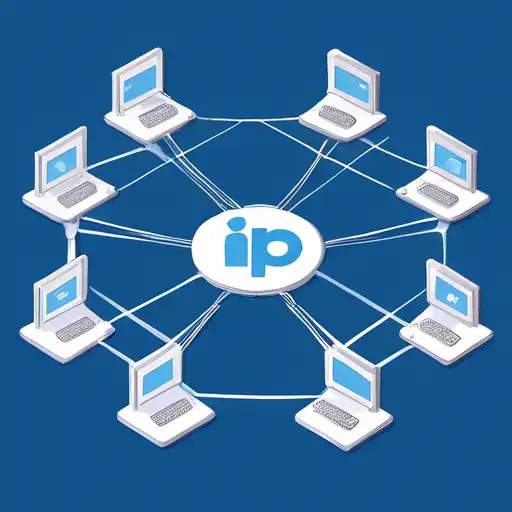Introduction to IP Addresses
In the vast world of networking, understanding IP addresses is fundamental. An IP (Internet Protocol) address is a unique identifier assigned to each device connected to a network. This allows devices to communicate with each other over the internet or local networks. In this guide, we'll explore the basics of IP addresses, their types, and how they function in the digital ecosystem.
What is an IP Address?
An IP address is a numerical label assigned to each device participating in a computer network that uses the Internet Protocol for communication. It serves two main functions: identifying the host or network interface and providing the location of the host in the network.
Types of IP Addresses
There are two primary versions of IP addresses in use today:
- IPv4 (Internet Protocol version 4): The most widely used version, consisting of four sets of numbers separated by dots (e.g., 192.168.1.1).
- IPv6 (Internet Protocol version 6): Developed to deal with the exhaustion of IPv4 addresses, it uses a more complex format to allow for a vastly larger number of unique addresses.
How IP Addresses Work
IP addresses are the cornerstone of internet communication. When you type a website's name into your browser, a Domain Name System (DNS) server translates that name into an IP address, directing your request to the correct server. This process happens in milliseconds, enabling seamless browsing experiences.
Static vs. Dynamic IP Addresses
IP addresses can be either static or dynamic:
- Static IP Addresses: These are permanent and do not change over time. They are often used by servers hosting websites or providing services.
- Dynamic IP Addresses: These are temporary and assigned by a DHCP (Dynamic Host Configuration Protocol) server. Most home networks use dynamic IP addresses.
Why Understanding IP Addresses is Important
Grasping the concept of IP addresses is crucial for anyone looking to delve into networking, cybersecurity, or even basic IT troubleshooting. It helps in diagnosing network issues, setting up networks, and ensuring secure communication between devices.
Conclusion
IP addresses are a fundamental aspect of the internet and networking. Whether you're a budding IT professional or just curious about how the internet works, understanding IP addresses is a great starting point. For more insights into networking basics, check out our guide on Networking Fundamentals.
